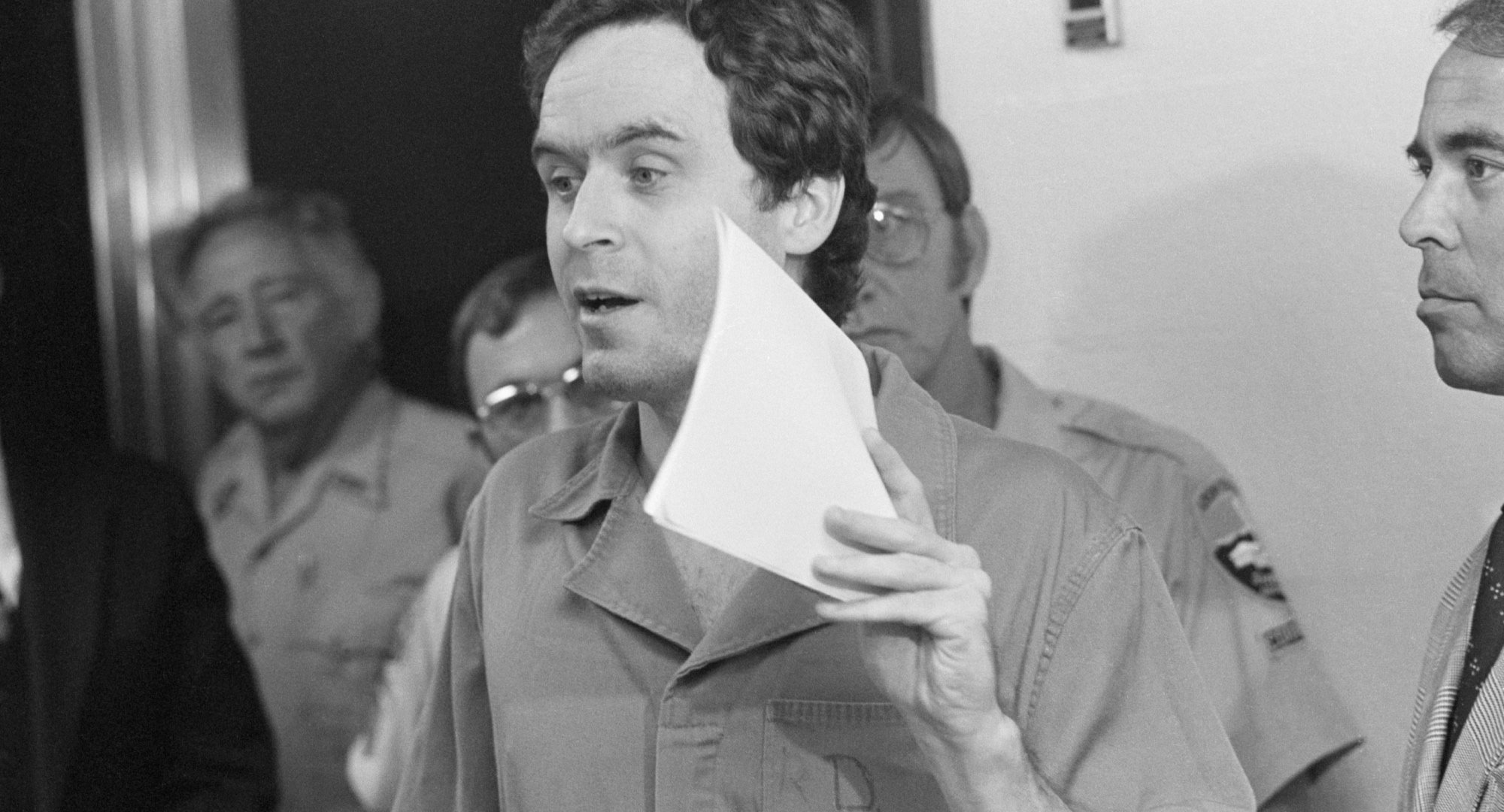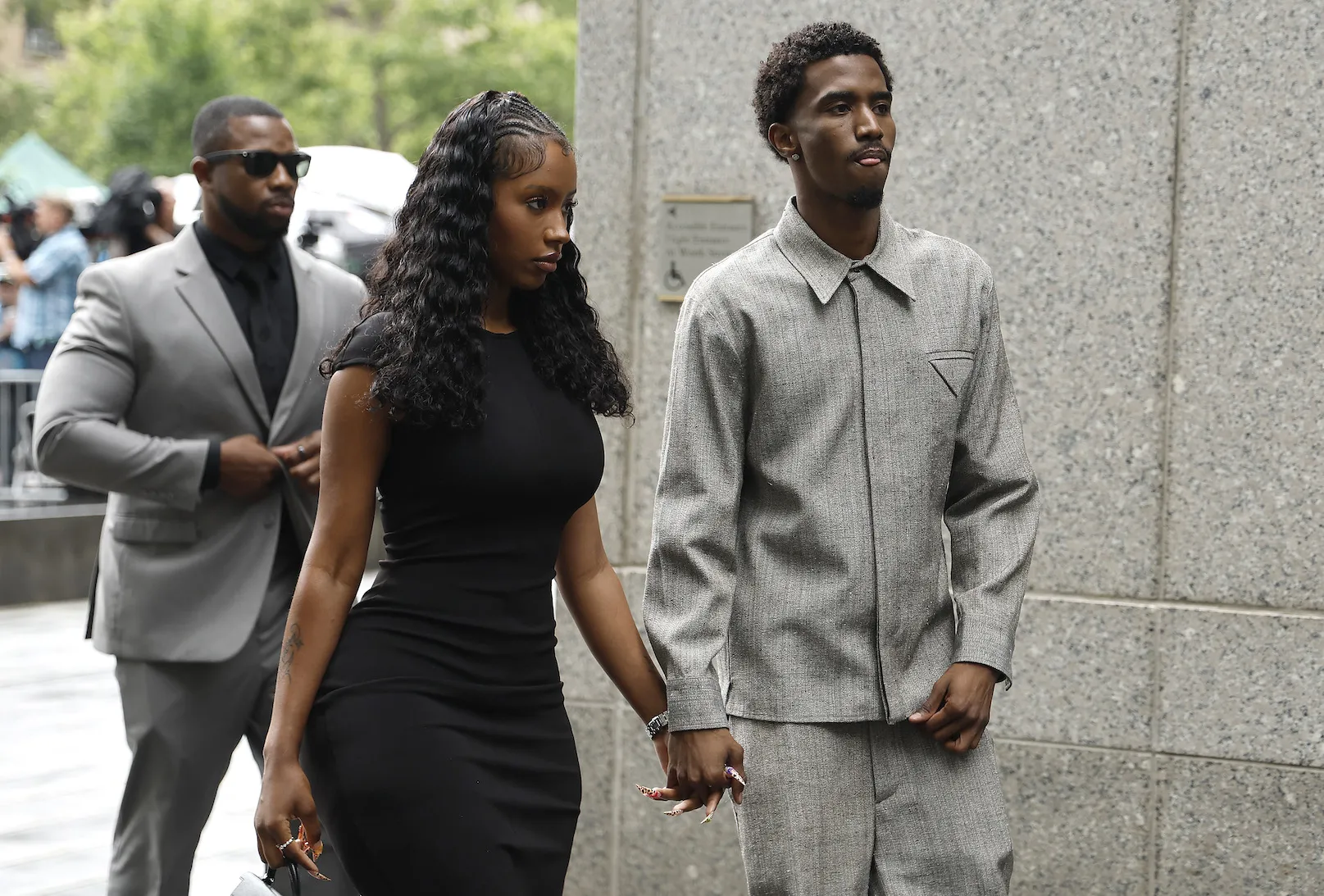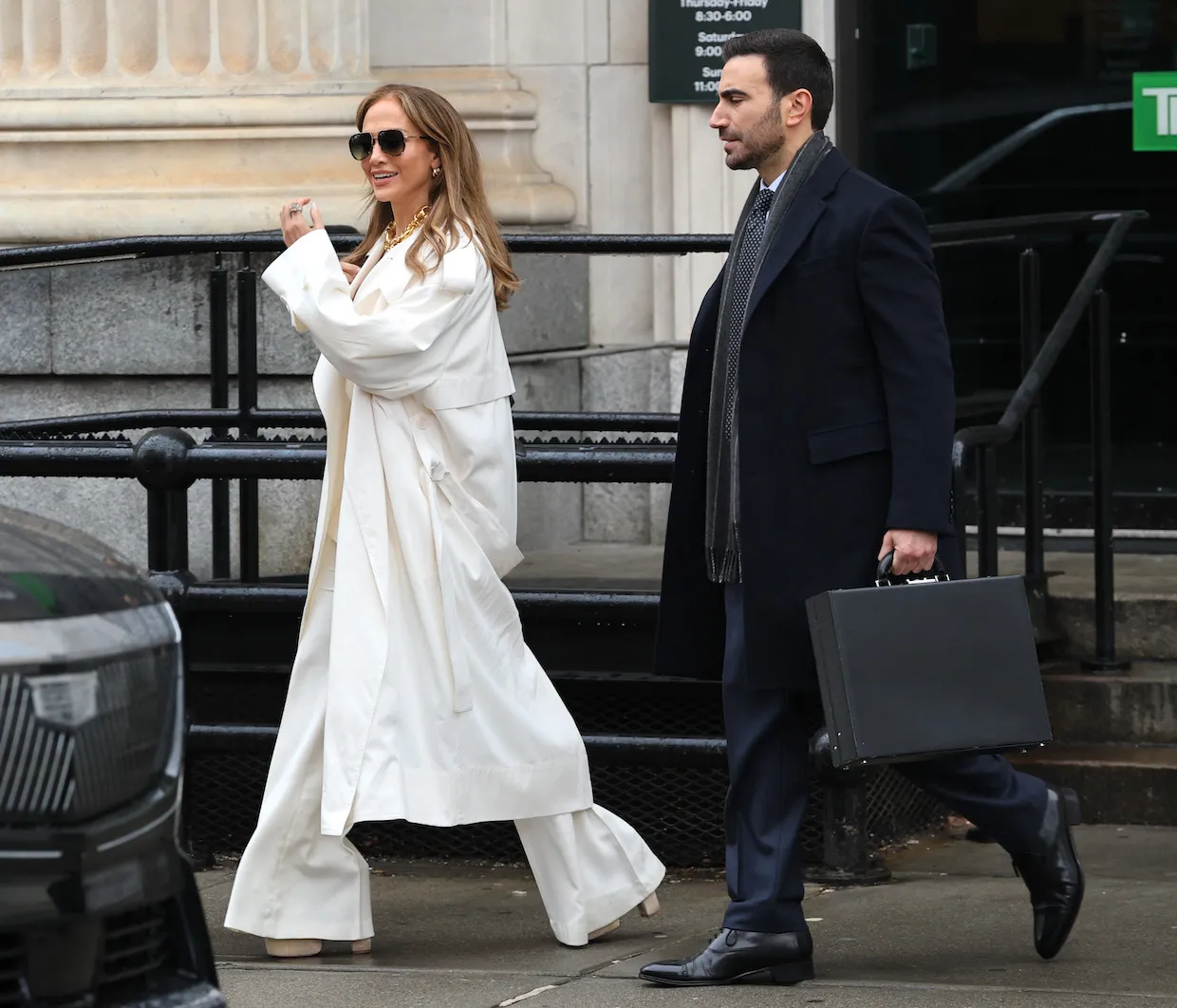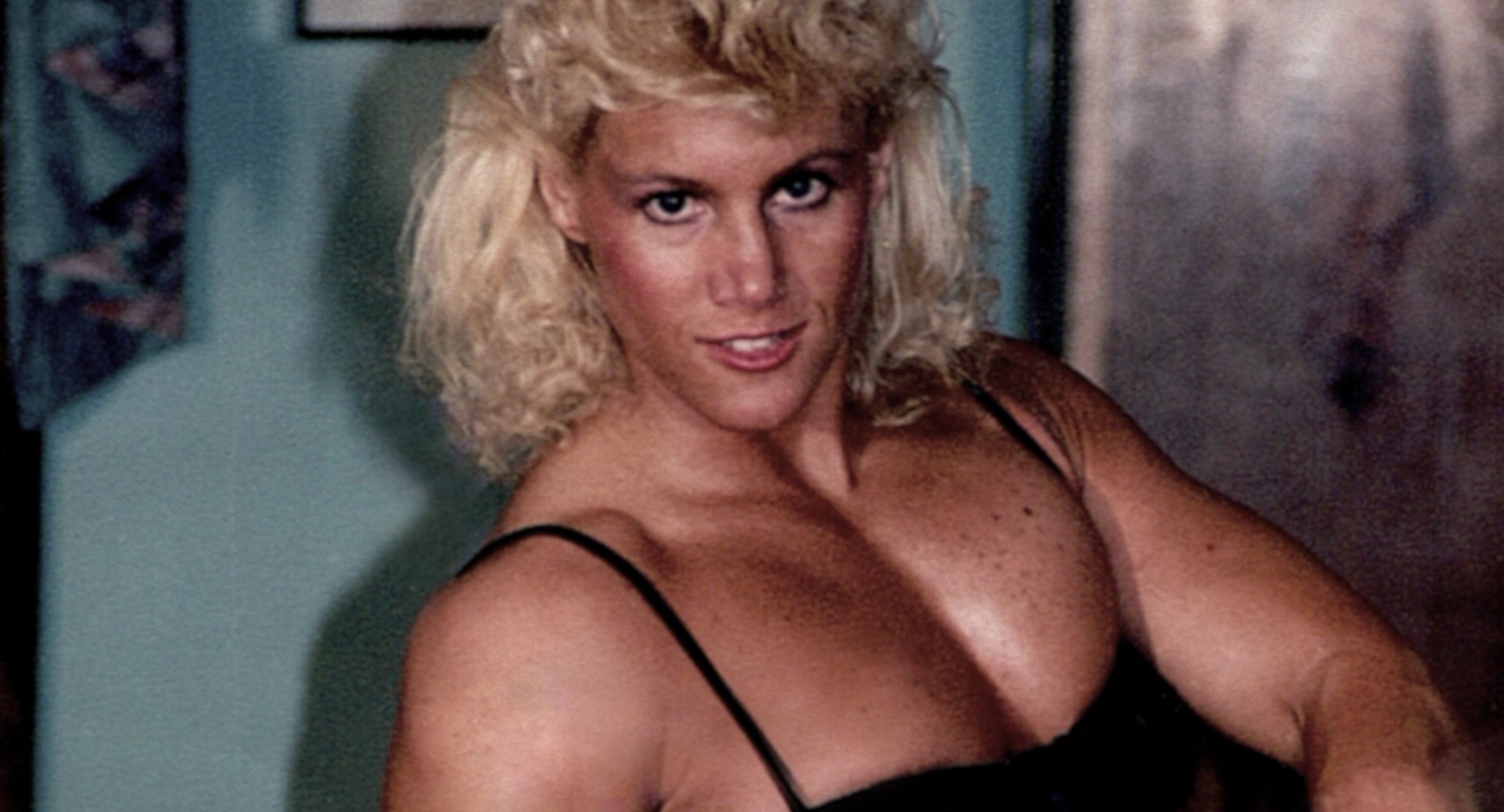
‘Killer Sally’: Why the Jury Did Not Believe Sally’s ‘Battered Woman Syndrome’
Netflix’s Killer Sally three-part true crime series explores Sally McNeil’s side of her husband’s murder and the public’s perception of her during the trials. She claimed shooting her husband was in self-defense, and Ray McNeil had a history of violence and abuse toward her. Killer Sally dives into her defense team using “Battered Woman Syndrome” as a leading factor. But during that time and due to Sally’s image, the jury thought otherwise.
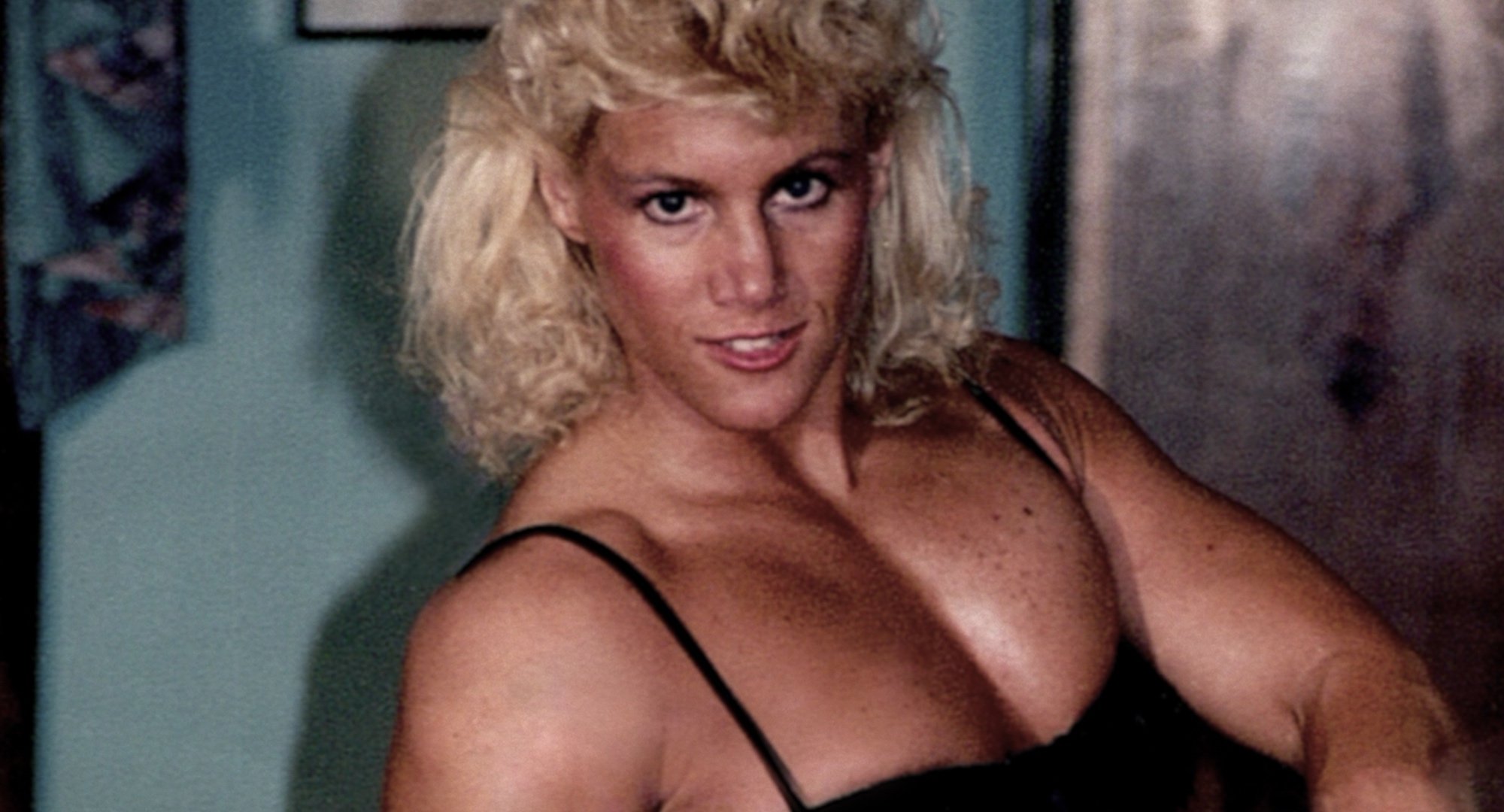
What led to Sally’s ‘Battered Woman Syndrome’ in ‘Killer Sally’?
Sally was a Marine when she first met Ray McNeil, also a former Marine. Ray became interested in her when an acquaintance showed him a photo of her. At the time, Sally had developed a love for bodybuilding and competed. For Sally, it was “lust at first sight,” as Ray was also a bodybuilder. They developed a fast relationship that had dark secrets. Killer Sally explored how she got involved in “muscle worship” to support Ray’s ambition to become a pro. She wrestled men for money.
Sally soon became the primary breadwinner in supporting Ray’s steroid use. But it created a power shift that led to violence. Shantina and John Lowden testified that Ray began hitting their mother after their marriage. Through Sally’s retelling, Killer Sally revealed how Ray would physically abuse her, hit her, choke her, and broke her nose. When the murder occurred, Sally testified it was in self-defense over the fear of Ray beating her.
During the trial, Sally’s legal team also called it self-defense in conjunction with “Battered Woman Syndrome.” Psychiatric Times defines it as “Psychological symptoms develop in some women who are victims of physical, sexual, and psychological abuse, making it difficult for them to regain control.”
Cornell University explained, “Battered Woman Syndrome, a theory developed in the 1970’s that is now associated with Post Traumatic Stress Disorder (PTSD), is sometimes used in court cases as mitigation in homicide cases where a battered woman kills her abuser.” The legal team’s plan to portray Sally as a “victim” would not work as the jury made sexist claims toward her.
Sally McNeil did not convince the jury due to her image as a bodybuilder
Even before the official trial, the media and authorities painted Sally in a bad light. The murder of Ray McNeil was hot news due to his career as a bodybuilder and Sally’s. The media and public could not believe that Sally, a woman with muscles and strength, could be a victim of abuse. Killer Sally portrayed how news outlets and news anchors pushed the public against her, and by the time she went to court, everything was against her favor.
In Killer Sally, audiences saw how far public opinion swayed the jury and Sally’s legal team’s defense of “Battered Woman Syndrome.” The tabloids labeled Sally a “pumped-up princess” and a “brawny bride.” They could not believe a woman with her physique could not protect herself. To make matters worse, Sally’s decision to support Ray by doing “muscle prostitution” did not sit well.
According to the docu-series, her stage name was ‘Killer Sally.’ “That came back to haunt her in so many ways during this case, which is why the series is called that [Killer Sally]. It was definitely used against her in the trial. Even though it wasn’t evidence of anything, it was very damaging,” said Nanette Burstein to Newsweek.
The last damning evidence that made the jury not believe the “Battered Woman Syndrome” defense was Sally’s past, detailed in Killer Sally. Sally’s history of violence led to her discharge from the military. The prosecution also argued that the murder was premeditated because Sally knew of Ray’s affair with Marianne. “Because she is a ‘violent’ person, and a violent person cannot be a victim of violence,” said Burstein.
The news anchor that was against Sally hopes to apologize in ‘Killer Sally’
Watching the trial videos in Killer Sally are difficult when considering how the prosecution undermined her “Battered Woman Syndrome.” Videos of Daniel Goldstein had him calling Sally a “thug” and “bully” who “bridged the gap of gender.”
Killer Sally also brought in Diane Diamond, who was the voice of Hard Copy and reported on the case. Diamond admitted that what attracted them to the case was being able to create lines like, “Instead of pumping iron, she was pumping bullets into her husband.”
The media had played its role, and the prosecution in having everyone believe she was not a “battered woman.” By the end of Killer Sally, Diamond said, “I just feel badly that we, the media, me included, didn’t delve more into who was Sally McNeil? Past the greased-up muscles and steroids. And we didn’t do that then.” Diamond also said she would apologize if she could.
How to get help: In the U.S., call the 988 Suicide & Crisis Lifeline by dialing 988 or 1-800-273-8255. Or text HOME to 741-741 to speak with a trained crisis counselor at the free Crisis Text Line.
